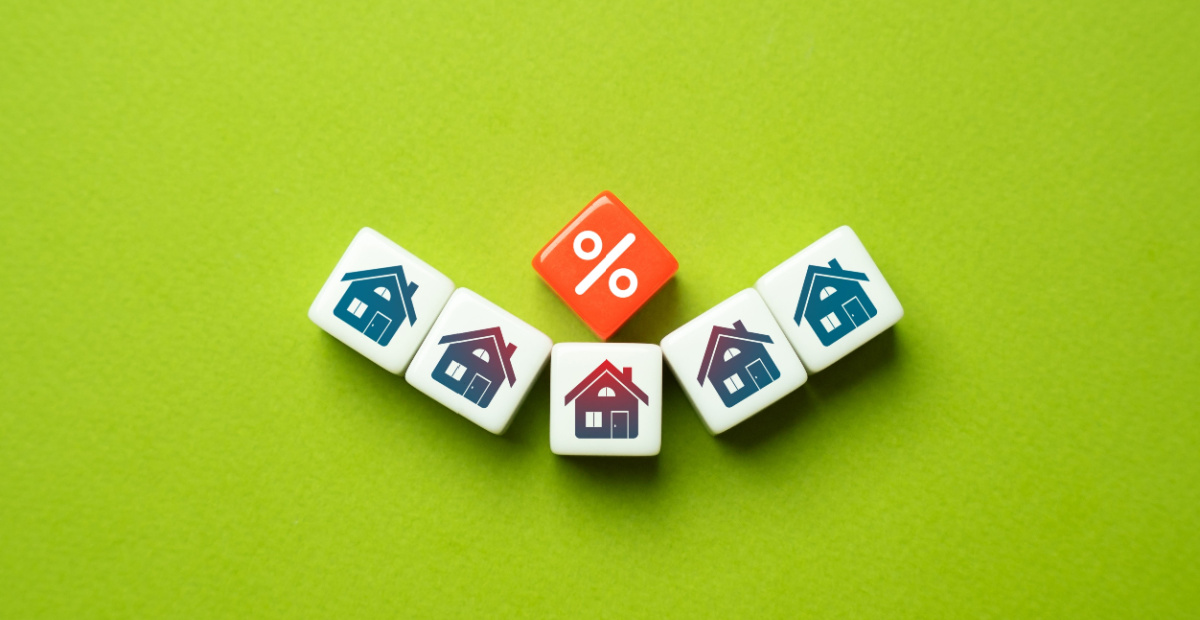Australia’s housing affordability ‘worst on record’: REA Group

Australians are facing the most unaffordable housing market on record, with house prices increasing for the 20th consecutive month, new data from the REA Group reveals.
National home prices rose 6.6% over the 2024 financial year, according to the REA’s PropTrack Housing Affordability Index, an annual measure of housing affordability.
As at the end of FY24, a median-income household – earning around $112,000 – would be able to afford just 14% of homes sold across Australia, the PropTrack index found. This is the smallest share of homes since records began in 1995.
Renters are worse off still, with a typical household able to afford just 11% of homes sold across the country.
REA found that Australian households even in a high-income bracket, those earning an average of $213,000 a year (in the top 20% of income earners), would be able to afford around half of the homes listed for sale in Australia.
Low-income Australians are effectively “locked out” of the current housing market, the REA Group noted, with a family at the 20th income percentile able to afford just 3% of homes.
New South Wales is the stand-out in unaffordable housing, with a median-income household able to afford just 10% of homes, while Tasmania and Victoria follow closely behind.
Meanwhile, South Australia recorded the biggest decline in affordability over the past year, with a median-income household able to afford just 16% of homes sold in the 2023-24 financial year, down from 49% in 2020-21.
Favourable affordability conditions in 2020 and 2021 allowed a record number of first-home buyers to enter the market. The PropTrack Housing Affordability Index shows this was the best time for housing affordability since the early 2000s.
Two factors have ultimately contributed to the housing affordability crisis: stubbornly high mortgage interest rates, which rose to an average rate of more than 6% – the highest level since 2011 – and the ongoing surge in house prices.
Over the 2023-24 financial year, home prices increased 6.6% – equivalent to around a $50,000 increase on the national median price.
“This rate of growth remains above the average rate of growth seen over the past few decades, highlighting the challenging balance of supply and demand across the market despite record low levels of housing affordability,” REA noted.
Supply side issues also remain a critical factor in deteriorating housing affordability, according to REA Group chief executive Owen Wilson.
“We urgently need to build more homes. While the National Cabinet agreement to build 1.2m new well-located homes is a welcome target, much more needs to be done at all levels of government, in collaboration with the construction industry, to reach this goal.”
Wilson added: Taxation changes could go a long way to increase first-home buyer numbers and make more homes available for young families.
“Record-high stamp duty burdens extend how long first-home buyers have to save and discourage existing owners from rightsizing to their current housing needs.”
“Sensible tax reform of the housing market is a viable and effective approach to meaningfully impact housing affordability for a large portion of the population.”











So someone in India who isn't licensed provided personalised financial advice and ASIC's response is to tell them to be…
Seeking Regulatory relief from Regulation. Industry Super Funds want to control $1.6 Trillion $$$ and ever growing with almost zero…
If Kalkine has officially been released and operates under a legitimate license to provide general advice, it raises an important…
Not sure what they're seeking regulatory relief from. In my view is they get tickled with a warm lettuce leaf…
Will they ever be named & shamed, fined and banned for life ??? Unlikely hey ASIC & APRA, especially for…